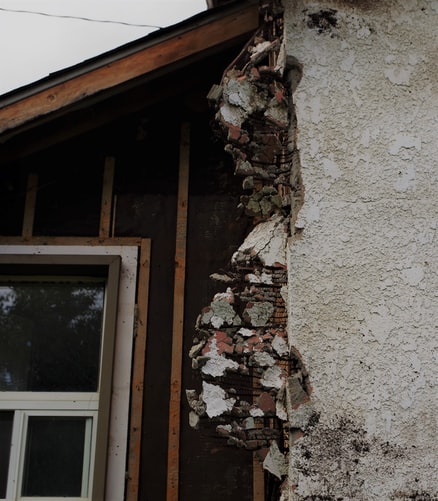Engineers get employed in a multitude of different fields, and they work in both the public as well as the private sector.
Normally, the nature of an engineer’s work will be to apply both mathematical and scientific principles to identify solutions to technical problems. You can do this through a variety of different ways.
An engineer might be the driving force behind new product designs that satisfy customers and become a safe and cost-effective means. Another engineer might be in the profession of overseeing the testing and the production at factories where goods get produced. Their job will probably encompass analyzing the different factors that might cause a component not to function correctly, and they test different products to ensure quality control.
You have a variety of engineers in many different fields that include:
-
Aerospace Engineer
-
Civil Engineer
-
Electrical Engineer
-
Mechanical Engineer
-
Nuclear Engineer
Civil Engineering: Dangerous Exposure
The engineers of some fields might be exposed to the different asbestos products, which is unfortunate. For example, a civil engineer may have been involved with products that contained it because many of these products used it in the past. You had asbestos-related boards and sheets, and you may have had a combination of it in cement, which was once used for partitions and false ceilings. This product was also sometimes used in boundary wall pipes, ventilating pipes and rainwater pipes.

Electrical Engineering: Dangerous Exposure
An engineer may have also encountered this hazardous material if they worked with electrical products. For example, some of the older cast-iron switch gears contained this in the flash strips. It may have also been contained in the rope gasket door seals or the separators. Unfortunately, these products could have a high asbestos-related content.

Nuclear Engineering: Dangerous Exposure
Unfortunately, a nuclear engineer would often be exposed to asbestos-related products in their work with the reactors. For example, working on the sodium-cooled reactors often put them at risk of exposure. The pipe coverings may contain this, or there could have been a powdered asbestos-related product that they mixed with the water as a way of repairing the damaged insulation.

Exposure from the Profession
It doesn’t necessarily matter what kind of field the engineer works in, the exposure was not usually a direct result of handling the product. Instead, it came as the result of supervising a handful of workers who had installed these products for the design. While some engineering work will be more computer-driven, much of it will also be hands-on. This has led to some in the profession being exposed to the same dangers as what the employees on the production line will experience. On a historic level, an engineer will often get exposed to asbestos-related products because of their work with equipment that had operated at a high level.
Scientific Research
From a study that the NIOSH conducted, they evaluated the correlation between the high occurrence of gastrointestinal cancers and exposure to asbestos-related products. Researchers examined the death certificates from more than 4,943,566 people from across 28 different states, and they looked at the information from 1979 all the way to 1990. What researchers did was used the information as a way of identifying mesothelioma and those who had occupations with the highest incidents of it.
Researchers reviewed the information, and they took the statistics to calculate how many deaths had come from stomach cancers. This came after they eliminated the other causes like lung cancer and mesothelioma. The analysis of this information revealed how the bigger threat came from colorectal cancer for an electrical engineer or a mechanical engineer.
The Lawsuits Filed
From the 1950s until 1992 when he retired, David Bean worked for Bristol Water as an engineer. He had maintained the pumping stations and repaired them as the need arose. Unfortunately, some of these pump stations used asbestos-related insulation for the cement, and David had to remove the insulation to make the repairs. David’s employment never offered protective gear while managing it, which could have protected him from inhaling some of the dangerous fibers. Bean was first given a diagnosis in 2010, and one year later, he passed away. Jean Bean, David’s wife filed an asbestos-related lawsuit where she was awarded over $450,000.

Maybe you have a case that is similar where you had a loved one who worked as an engineer that had to handle asbestos-related products. One day, they were diagnosed with a malignancy and died a couple years later. If this was your situation, and you were never warned or given protective gear when working with asbestos-related products, you could be entitled to some compensation. Contacting a lawyer is one of the first steps to beginning the legal process.

